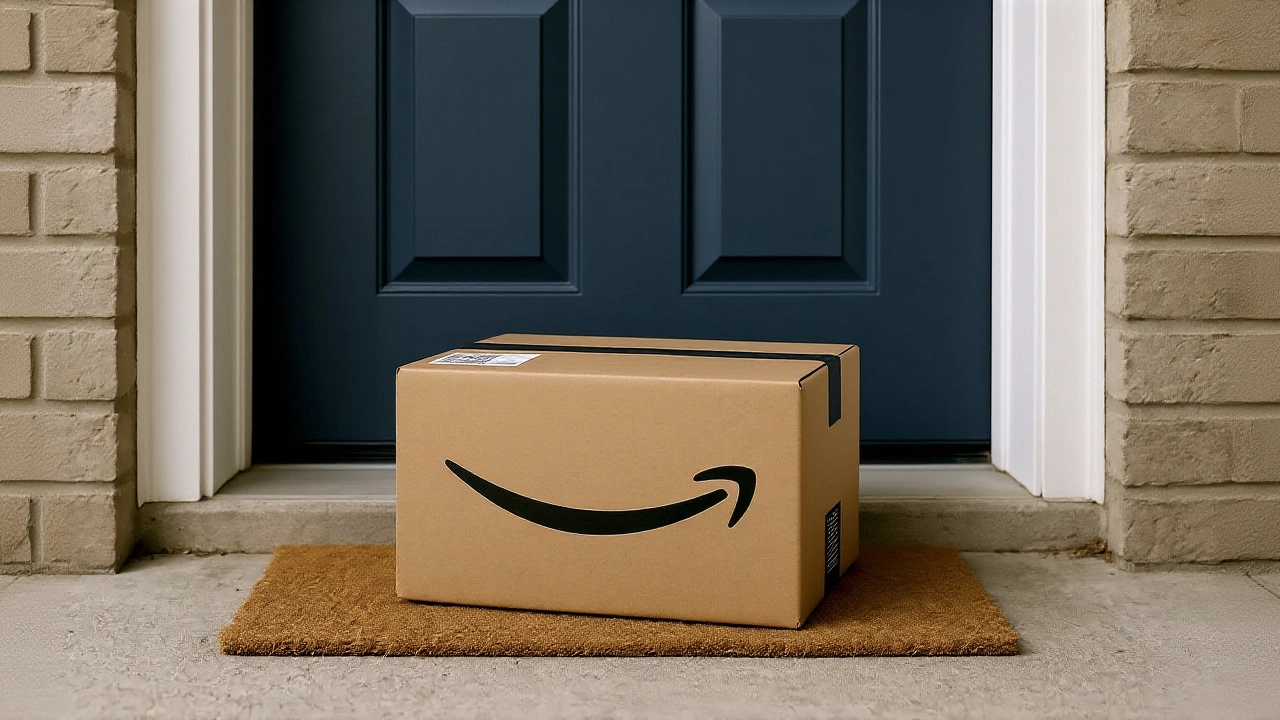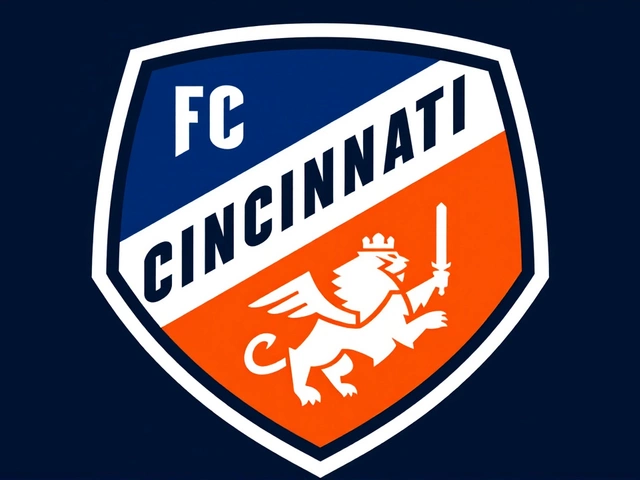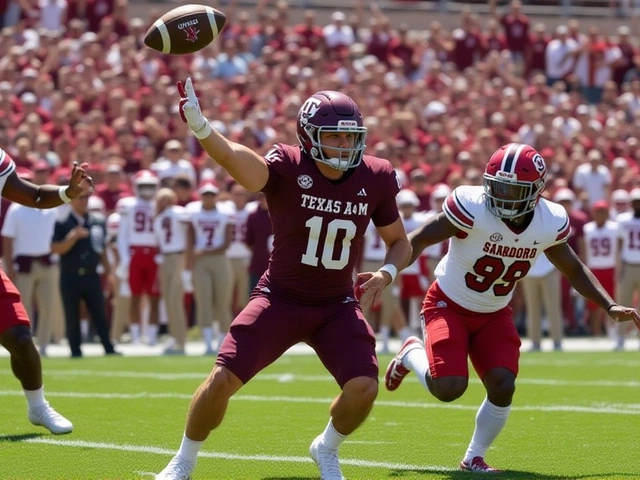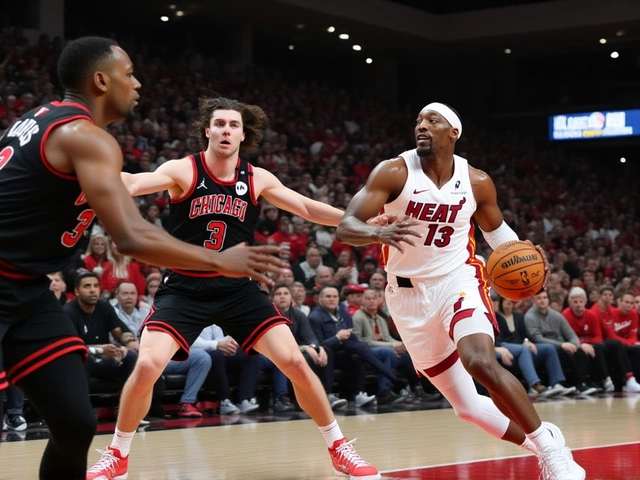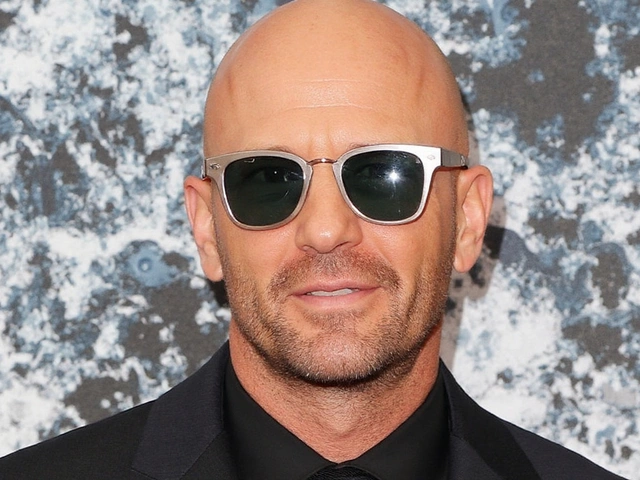On a crisp September morning in Washington, D.C., the Federal Trade Commission announced a record-breaking $2.5 billion deal with Amazon.com, Inc.. The agreement, reached just days before a scheduled trial, targets the online retailer’s infamous “Prime trap” – a set of enrollment and cancellation practices that the FTC says duped millions of shoppers. Leading the charge was Andrew N. Ferguson, the agency’s chairman, who declared the settlement a historic victory for ordinary Americans. Also in the spotlight were Amazon executives Neil Lindsay and Jamil Ghani, named in the complaint for supervising the Prime program.
Background: Amazon Prime’s Subscription Model
Amazon launched Prime in 2005 as a “fast‑shipping” perk, but over time it morphed into a sprawling bundle of video, music, grocery, and cloud services. By the end of 2024, the company reported 200 million Prime members worldwide and posted global net sales of $637.8 billion. The lure is obvious: free two‑day shipping, exclusive deals, and a buffet of entertainment. Yet the sign‑up flow grew increasingly opaque.
Consumers who clicked a single “Buy Now” button often found themselves enrolled in a 12‑month trial without a clear consent checkbox. When they tried to cancel, they were funneled through up to seven screens, each peppered with warnings like “You’ll lose your benefits” or “Your order might be delayed.” This friction sparked a wave of complaints that eventually landed on the FTC’s desk.
The FTC Investigation and Findings
The bureau’s Consumer Protection unit opened an inquiry in the third quarter of 2023 after its complaint analysis flagged a surge in “unauthorized Prime” tickets. By early 2024, investigators had obtained internal emails from Amazon’s Prime team. One senior manager described the strategy as “an unspoken cancer,” while another admitted the practice was “a shady world we’ve learned to navigate.” Those phrases, seized by the FTC, painted a picture of deliberate deception.
For the period Jan 1 2020 – Sep 2025, the agency estimates that 29 million U.S. shoppers were enrolled without clear consent or faced “unreasonable barriers” when trying to cancel. The FTC’s complaint, filed on Aug 15 2025 in the United States District Court for the District of Columbia, alleged violations of Section 5 of the FTC Act and the Restore Online Shoppers’ Confidence Act (ROSCA).
Details of the $2.5 B Settlement
The settlement, officially titled FTC‑Amazon Prime SettlementWashington, D.C., breaks down into two main components:
- A $1 billion civil penalty that Amazon will pay directly to the U.S. Treasury within 90 days.
- A $1.5 billion fund for consumer refunds, to be distributed to eligible shoppers over the next 180 days.
Amazon is also required to redesign its enrollment interface so that “unambiguous affirmative consent” is obtained—think a bold, brightly‑colored checkbox that says “Yes, I want Prime.” Cancellation must be possible in three clicks or fewer, and the company must submit quarterly compliance reports to the FTC for the next 20 years.
The agency did not set a flat $51 per‑consumer payout, despite third‑party sites claiming that figure. Instead, refunds will be calculated based on each claimant’s documented loss, meaning the final amounts could vary widely.
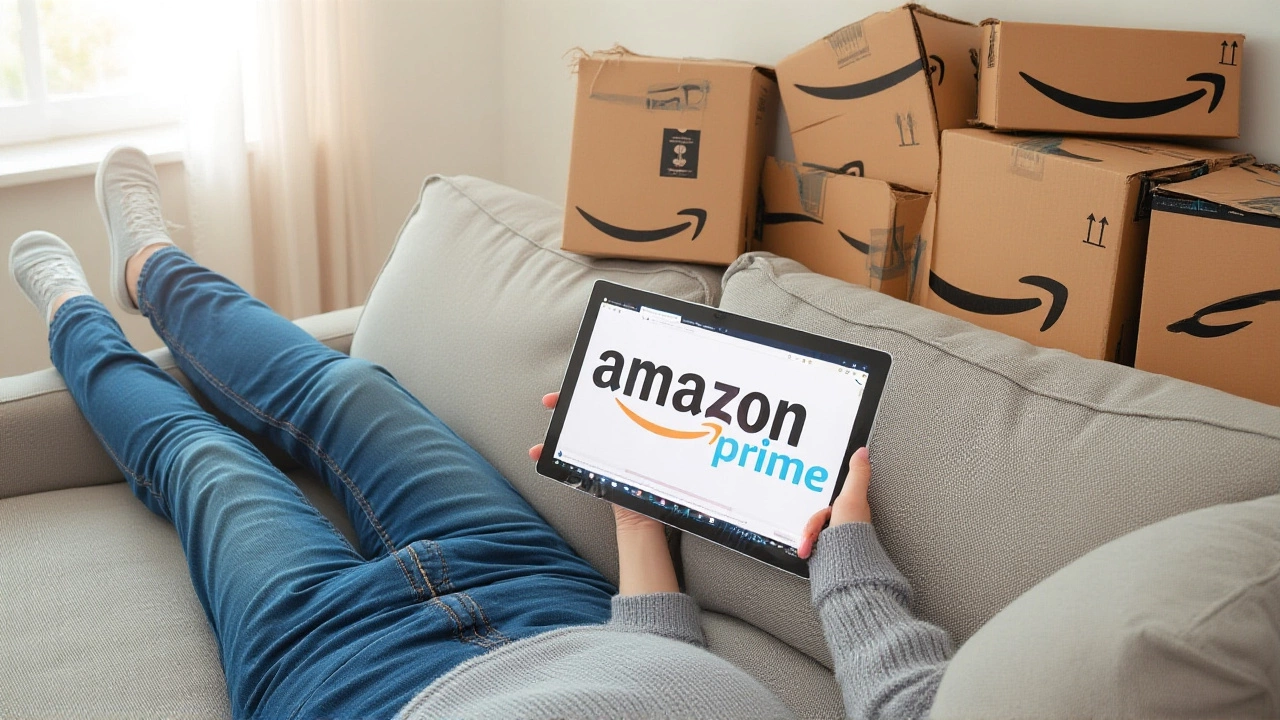
Reactions from Amazon, Consumers, and Lawmakers
Amazon released a brief statement from its spokesperson, Maya Patel, noting that the company “takes consumer feedback seriously” and “will work closely with the FTC to implement the required changes.” The tone was measured, but insiders say the firm is scrambling to update over 200 million user accounts before the December deadline.
Consumer advocate groups cheered the move. “This is the kind of enforcement that finally puts the power back in shoppers’ hands,” said Laura Chen of the Consumer Federation of America. “The penalty sends a clear message: deceptive design won’t be tolerated.”
On Capitol Hill, Senators Maria Cantwell (D‑WA) and John Cornyn (R‑TX) both issued statements. Cantwell praised the “aggressive stance” against big‑tech overreach, while Cornyn warned that “the settlement should not become a political football; the focus must remain on protecting consumers.”
What Comes Next: Enforcement and Industry Impact
The FTC will launch a public claims portal on its website by Dec 31 2025. Eligible users must verify their Amazon account, provide proof of the unauthorized subscription, and submit a claim form. The agency expects to process roughly 30 million submissions, a logistical feat that will test its digital infrastructure.
Beyond the immediate refunds, the settlement could reshape how e‑commerce platforms design subscription flows. Industry analysts predict a wave of “clear‑consent” UI overhauls, with legal teams drafting new compliance checklists to avoid similar penalties.
For Amazon, the financial hit—$2.5 billion—represents less than 0.5 % of its 2024 revenue, but the reputational damage may be more lasting. Share prices slipped 3 % in after‑hours trading on the announcement day, and a handful of investors have flagged the settlement as a risk factor in upcoming earnings calls.

Key Facts
- Settlement amount: $2.5 billion (largest FTC settlement ever)
- Civil penalty: $1 billion to the Treasury
- Consumer refund fund: $1.5 billion, distribution starts within 180 days
- Estimated affected shoppers: 29 million U.S. consumers
- Compliance deadline: December 31 2025 for claims portal; 20‑year reporting obligation
Frequently Asked Questions
How will consumers know if they’re eligible for a refund?
The FTC will publish a step‑by‑step guide on its website. Shoppers who discovered an unexpected Prime charge between Jan 2020 and Sep 2025 and can provide the order ID will be able to submit a claim. Eligibility will be confirmed after the FTC cross‑checks the account against Amazon’s enrollment logs.
What changes will Amazon have to make to its sign‑up process?
Amazon must display a clear, affirmative consent checkbox that users must actively select before a Prime trial begins. The wording must be unambiguous, and the design must meet the FTC’s “clear‑and‑conspicuous” standards. Cancellation must be achievable in three clicks or fewer, without misleading prompts.
Will the settlement affect Prime members outside the United States?
The FTC’s authority is limited to U.S. consumers, so the refund fund applies only to shoppers with U.S. billing addresses. However, the consent‑and‑cancellation requirements will apply globally, as Amazon will roll out a unified UI across all markets to stay compliant.
How does this settlement compare to previous FTC actions?
At $2.5 billion, it dwarfs the $170 million YouTube settlement in 2019 and the $280 million Facebook data‑privacy deal in 2020. It sets a new benchmark for enforcement against subscription‑trap tactics, signaling that the FTC will pursue hefty penalties for deceptive design.
What timeline should consumers expect for receiving refunds?
After a claim is approved, the FTC estimates a processing period of 30‑45 days. Refunds will be issued via the payment method on file, and claimants will receive confirmation emails detailing the amount transferred.
